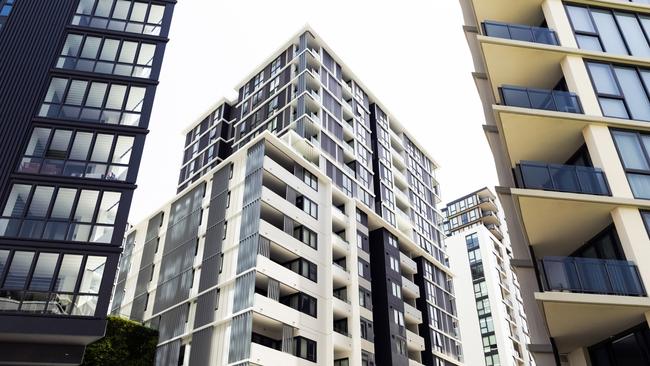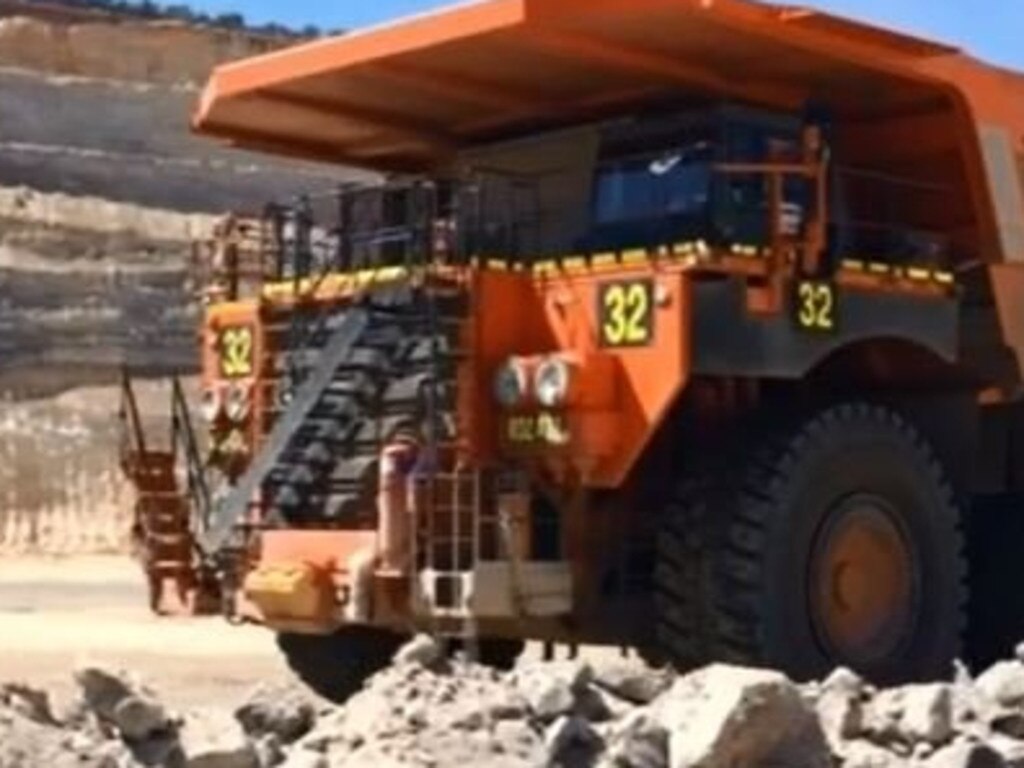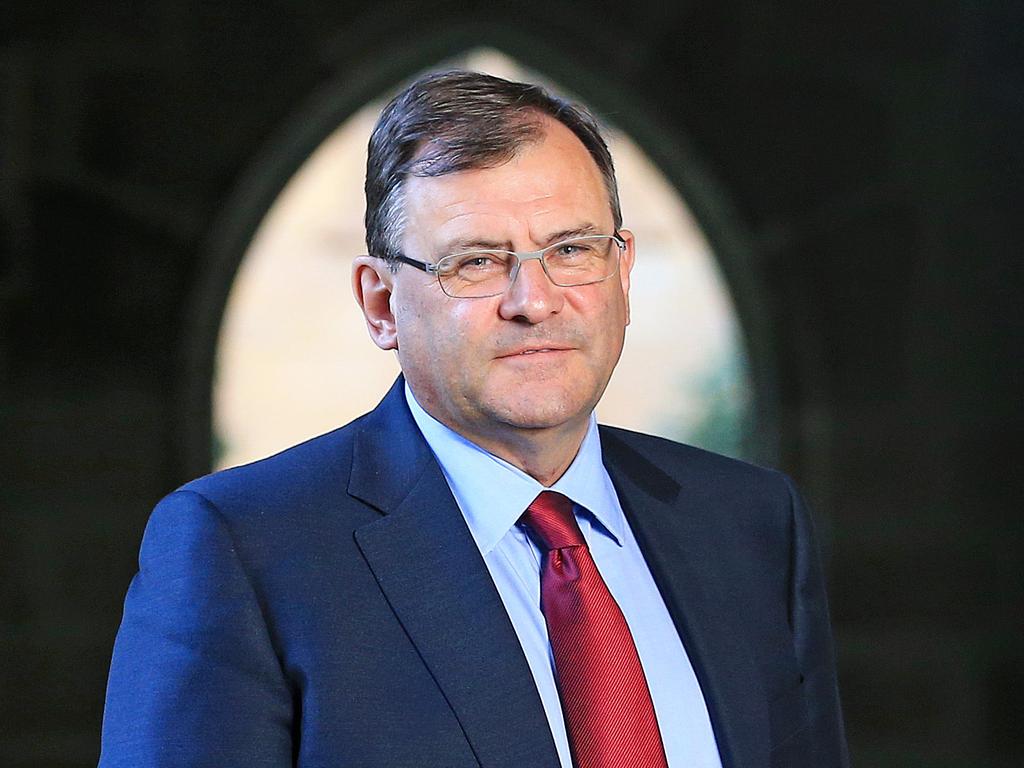Need for ‘significant reform’ to NSW planning regulations as report shows significant cost differences
Steep costs imposed by NSW’s planning system are generating supply shortages of apartments and driving up prices.

Steep costs imposed by NSW’s planning system are generating shortages in the supply of apartments and driving up prices, particularly in inner Sydney, according to a new Reserve Bank of Australia paper.
The report, The Apartment Shortage, found that the excessive planning restrictions associated with delivering apartments in inner Sydney were disproportionately high on a national basis.
The bank said it cost an average of $873,000 for a new apartment in Sydney, even though it only costs $519,000 to supply — a gap of $355,000, or 68 per cent of costs. This compared with smaller gaps of $97,000, 20 per cent of costs, in Melbourne and only $10,000, 2 per cent of costs, in Brisbane.
The report concluded that the gap between the supply cost and the delivery to market cost was sustained by planning restrictions and planning risk. Further costs arise due to the excessive time taken to obtain approvals in the NSW planning system and the high degree of risk associated with approvals, despite the strong demand for new apartments.
Urban Taskforce chief executive Tom Forrest said the findings highlighted the need for significant reform to planning regulation in NSW, particularly in the wake of the coronavirus crisis.
“Given the economic shock created by COVID-19, the RBA’s independent confirmation of the excessive costs associated with the NSW planning system presents an opportunity for the NSW government to cut housing prices by approving more supply and allowing for more height,” Mr Forrest said.
Governments around Australia have reacted to the COVID-19 pandemic by fast-tracking assessments and putting in place special delivery mechanisms to get projects going.
Many projects have also been derailed as confidence sinks and by delivery difficulties, most notably in Melbourne where work sites have been hit by tough restrictions.
“However, the fact remains that the planning system had slowed the planning approval process even before COVID-19 hit,” Mr Forrest said.
Planning approvals, particularly for apartments, have plunged and the development group pointed to the broader economic impact as almost 70 per cent of all new dwellings built in Sydney are apartments.
“This important piece of independent research cannot be ignored by policy makers in NSW,” Mr Forrest said.








To join the conversation, please log in. Don't have an account? Register
Join the conversation, you are commenting as Logout